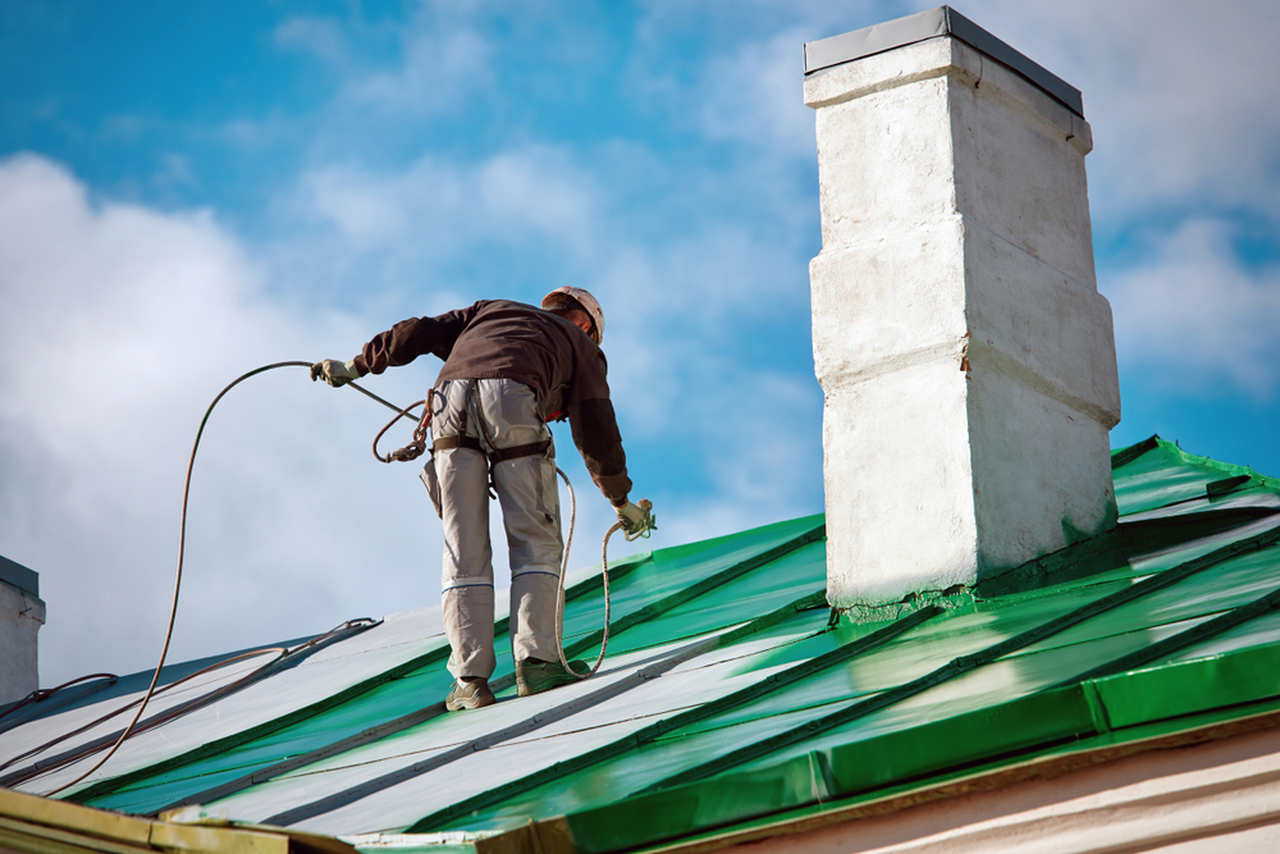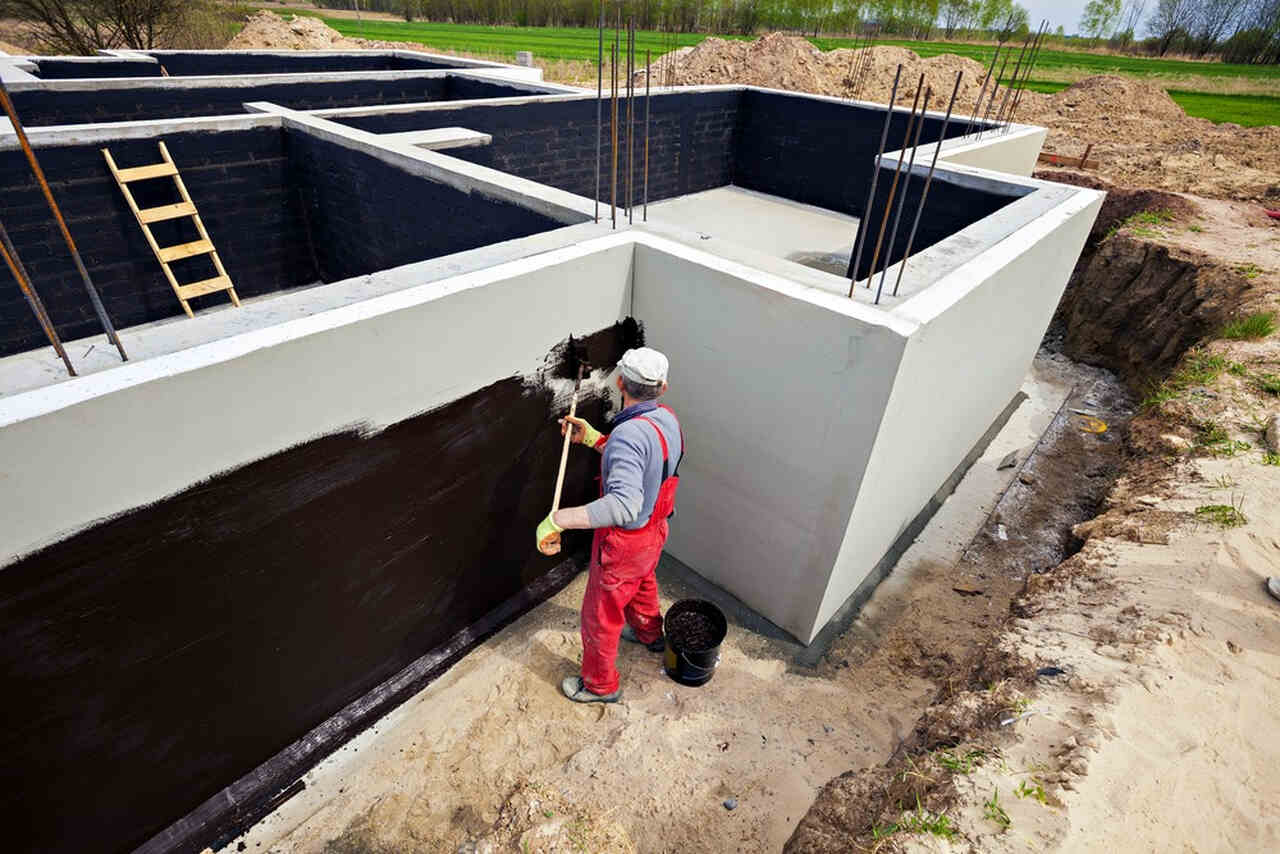Sorts of Waterproofing: Checking Out the Different Methods and Their Applications
Waterproofing is an essential aspect of building and construction and upkeep. It safeguards frameworks from the detrimental results of water damages. There are numerous techniques readily available, each with its one-of-a-kind applications and benefits. From membrane layer systems to cementitious solutions, understanding these alternatives is essential for efficient implementation. The selection of waterproofing technique can greatly affect durability and long life. Discovering these numerous methods exposes their distinct advantages and prospective difficulties, triggering further factor to consider of ideal services.
Membrane Layer Waterproofing Systems
Membrane waterproofing systems work as an important obstacle versus water breach in numerous frameworks. These systems normally contain slim sheets made from materials like rubber, polycarbonate, or bitumen, which are put on surface areas to avoid moisture penetration. They can be installed above or listed below quality and are specifically reliable in locations vulnerable to high water direct exposure, such as cellars, roofing systems, and foundations.The installation procedure includes cleansing the substratum, using adhesives or primers, and exactly suitable the membrane to guarantee total coverage. Membrane systems can be either fully adhered, mechanically affixed, or laid loose, relying on the specific needs of the task. They use durability and versatility, fitting architectural movements without jeopardizing their waterproofing capacities. Furthermore, these systems can be enhanced with extra layers for enhanced security. Ultimately, membrane waterproofing systems are crucial for securing frameworks against water damage and preserving lasting honesty.
Liquid-Applied Waterproofing Coatings
Liquid-applied waterproofing layers give a flexible solution for shielding surfaces from water seepage - Basement waterproofing Omaha. These coatings are composed of liquid products that, when applied, form a smooth, flexible membrane. Their versatility permits application on numerous substrates, including concrete, metal, and wood. The finishings can be utilized in diverse settings, from domestic to commercial setups, making them suitable for roofing systems, foundations, and below-grade structures.One substantial advantage of liquid-applied finishes is their capacity to adhere to irregular shapes and permeate splits, creating a robust barrier against moisture. They often exhibit outstanding bond buildings and resistance to UV radiation, guaranteeing durability and durability. Furthermore, the application procedure is usually uncomplicated, enabling for fast installment and minimized labor expenses. This technique likewise decreases the threat of water merging, as the continuous layer efficiently guides water away from prone locations. On the whole, liquid-applied waterproofing coverings are an efficient option for detailed water protection
Cementitious Waterproofing Solutions

Cementitious waterproofing services offer a durable alternative for frameworks calling for reliable moisture protection. These systems largely use a mix of concrete, sand, and chemical additives to create a water-proof barrier. They are commonly put on surface areas such as concrete walls, structures, and floors, offering a see this here resilient, lasting defense against water intrusion.One of the essential advantages of cementitious waterproofing is its simplicity of application; it can be used using a brush, roller, or spray, making it suitable for various project dimensions. In addition, this technique works with lots of surfaces and can often be utilized together with other waterproofing techniques.Cementitious solutions are specifically efficient in settings where water direct exposure is an issue, such view publisher site as cellars or below-grade frameworks. Their outstanding adhesion residential or commercial properties assure that they bond well with substratums, offering a solid and impermeable layer versus dampness infiltration.
Bentonite Waterproofing
Bentonite waterproofing is a very effective approach that utilizes salt bentonite clay to develop a natural barrier versus water. This method makes use of the unique residential or commercial properties of bentonite, which expands upon call with water, securing any kind of possible leakages and stopping moisture seepage. It is typically made use of in numerous applications, including structure wall surfaces, tunnels, and retaining wall surfaces, where water resistance is essential.Bentonite can be applied in numerous forms, such as panels or coverings, offering convenience in installation. Its capability to self-seal makes it an attractive alternative for areas based on moving dirt or fluctuating water degrees. Additionally, bentonite waterproofing is environmentally friendly, as it is an all-natural product that does not present harmful chemicals into the surroundings.
Drain and Outside Waterproofing Systems
Reliable waterproofing usually entails a combination of approaches, including drain and exterior systems. Drain systems, such as French drains pipes and sump pumps, are designed to reroute water away from check this structures, reducing hydrostatic stress against structures. These systems are necessary in protecting against water build-up that can lead to architectural damage and mold and mildew growth.External waterproofing, on the other hand, entails using safety barriers to the building's exterior. Methods such as the installation of water resistant membranes, coatings, or sealers can help stop water infiltration. This method not just safeguards the structure but also improves the total longevity of the structure.Together, drain and external waterproofing systems develop a complete option to handle water effectively. By applying these methods, residential property owners can protect their financial investments versus the destructive impacts of wetness, ensuring long-term security and safety and security for their structures.
Regularly Asked Concerns
Exactly how Do I Choose the Right Waterproofing Approach for My Project?
Picking the appropriate waterproofing approach relies on factors such as job kind, environmental conditions, budget plan, and wanted long life. Examining these facets allows for notified choices tailored to details demands and demands.

Can Waterproofing Be Applied in Cold Weather Issues?
Waterproofing can be used in cold weather conditions, yet it requires certain products and techniques. Cold temperatures may impact curing times and attachment, demanding careful selection of products developed for low-temperature application.
What Are the Usual Signs of Waterproofing Failing?
Common indications of waterproofing failing include noticeable water stains, peeling paint, damp odors, mold and mildew development, and cracks in wall surfaces or foundations. Landscape drainage Omaha. These indicators suggest that wetness is penetrating the obstacle, endangering its effectiveness
For How Long Does Waterproofing Last Before Requiring Upkeep?
The longevity of waterproofing varies, usually lasting in between 5 to ten years. Factors such as material high quality, ecological problems, and maintenance methods influence its toughness, requiring regular examinations to assure efficient security against water intrusion.
Are There Eco-Friendly Waterproofing Options Available?
The question of green waterproofing alternatives reveals an expanding interest in sustainable materials (Yard drainage Omaha). Different natural materials, such as plant-based sealers and recycled products, offer reliable services while minimizing ecological impact, interesting eco mindful customers